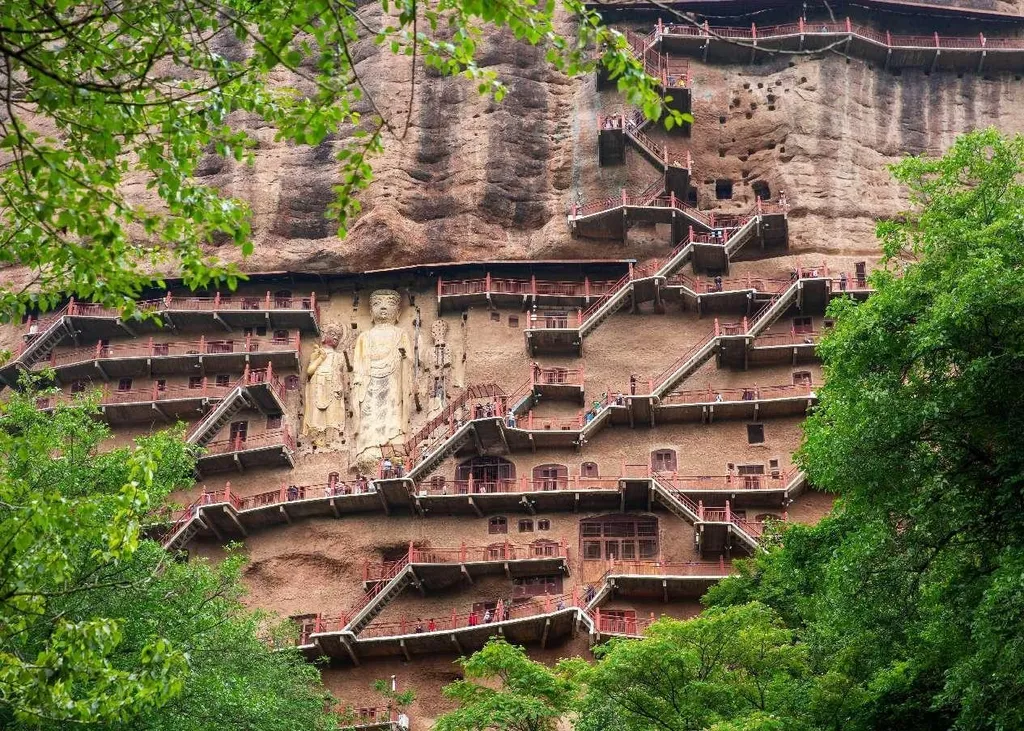In the vast landscapes of China, thousands of grotto temples stand as silent witnesses to centuries of history, their walls adorned with intricate carvings and ancient murals. Yet, many of these smaller, lesser-known sites struggle with conservation challenges that their more famous counterparts, like the Mogao Caves, do not. Enter X. Wang, a researcher from the Dunhuang Academy, who has developed a groundbreaking multi-regional cultural heritage risk monitoring and management platform specifically designed to protect these at-risk grotto temples.
The platform, detailed in a recent study published in the ‘Annals of the Photogrammetry, Remote Sensing and Spatial Information Sciences’ (a publication of the International Society for Photogrammetry and Remote Sensing), addresses critical issues faced by small and medium-sized grotto temples. These include non-standardized assessments of physical conditions, ineffective monitoring of risk factors, low resilience to natural disasters, and shortages of professional personnel and funds.
Wang’s innovative system integrates regional-scale and site-specific monitoring, creating a two-tiered “regional-site” risk-event response mechanism. This hybrid framework allows for both broad oversight and targeted intervention. “The platform enables unified monitoring of natural disasters and the dynamics within protection zones, while also facilitating targeted monitoring of deterioration risks specific to each site,” Wang explains. This dual approach significantly bolsters the overall conservation and management capacities of these sites.
The system has already been successfully applied to six grotto temples in China, demonstrating its effectiveness in enhancing heritage preservation. By providing a comprehensive tool for monitoring and managing risks, the platform not only aids in the protection of cultural heritage but also offers a model for systematic preservation that can be replicated in other countries.
The implications of this research extend beyond cultural preservation. For the energy sector, the technology and methodologies developed for this platform could inspire new approaches to monitoring and managing infrastructure in remote or challenging environments. The ability to integrate regional and site-specific data could enhance the resilience of energy projects, ensuring their sustainability and longevity.
As Wang’s work continues to gain traction, it is poised to shape the future of cultural heritage preservation and beyond. By addressing the unique challenges faced by small and medium-sized grotto temples, this innovative platform sets a new standard for conservation efforts worldwide. The research underscores the importance of leveraging advanced technologies to protect our shared cultural heritage, ensuring that these treasures continue to inspire and educate future generations.

